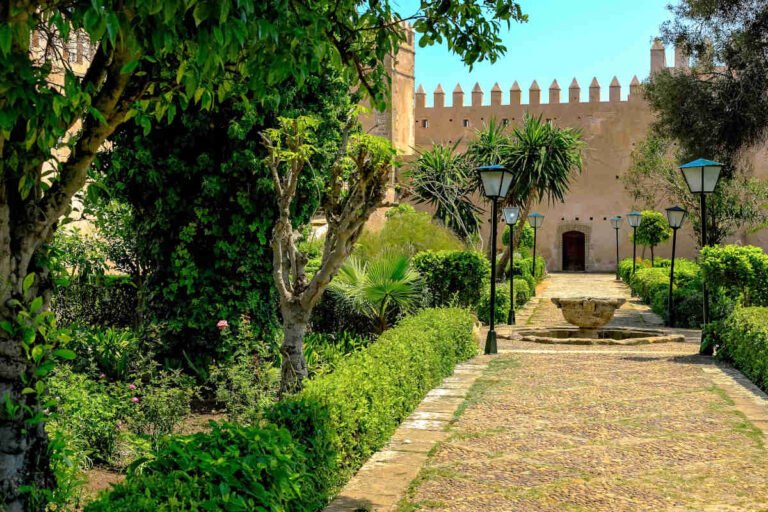During your trip to Morocco, whether private, shared or on your own, you should not miss the opportunity to taste the delicious local cuisine. to taste the delicious local gastronomy. Very different from the western one, and precisely for that reason, very attractive. In this post we talk about one of the national dishes of the country: the tajine, also called tajine or tajine. Here’s everything you need to know before the most important thing: putting it in your mouth to enjoy it.
#1. How to make a tajine
What characterizes the tajín are the utensils used for its elaboration: an earthenware dish, a conical dish, a conical lid with a steam outlet conical lid with a steam outlet and all this on a on an earthenware stove or brazier. It won’t take you long to recognize them: they are unmistakable! And why not, they can be a nice souvenir to bring back home, as they are sold everywhere in the souks.
#2. What’s in a tajine in Morocco
It is a question that cannot be solved with a single answer, since the tajine in Morocco can be made with very different ingredients. They are slow-cooked braised dishesalthough the ingredients that act as the base of the recipe are previously fried (vegetables such as garlic, onion, bell pepper…). These tajines can be, for example, made of:
- Chicken
- Fish (sardines, tuna)
- Lamb
- Veal
- Vegetables and legumes (chickpeas, peas, carrots, etc.)9
#3. It’s a very strong dish
That is to say, is often eaten at street levelSome stalls cook it in this way, as a kind of
street food
. To eat them, a small folding table and a spoon are enough. Therefore, they are quick dishes that the local population eats when they don’t have much time… although they are also present on the menu of more refined restaurants, of course.
#4. The conical cap, the key
It may seem strange that a stew is a ‘street’ dish. However, this is possible because its production allows it to be maintained on point at all times. On the one hand, its slow cooking on the stove ensures that it does not stick or overcook. On the other hand, the conical lid allows the food to maintain its ideal juiciness, since part of the steam is lost through its chimney, but the other part remains on the inside walls of the lid, rushing back to the plate.
#5. The unmistakable aroma of spices
If the vegetable stir-frying and slow cooking are important, the special touch of spices is no less important. The simplest and most common is use
ras el hanout
The typical mixture of the country, which is different in each kitchen. In addition, you can add a sweet touch with honey or fruit, for example. But what is certain is that the aroma that will come out of that magical chimney will grab you as soon as you smell it.
#6. Get ready to lift the lid and let yourself be carried away.
Although its aroma is perceived even with the lid closed, you must be prepared for the magical and important moment: when the lid is lifted and that cloud of aroma reaches your nose even more powerful. cloud of aroma reaches your nose even more powerfully.. At that time you will also see the tajine aspect for the first time. And our recommendation is that you let your intuition guide you: the best and tastiest ones sometimes deceive us, while the ones that look the best may be that way because they are still a little undercooked.
#7. Better with khobz
The tajine is usually served with khobz, i.e. the typical Moroccan typical Moroccan bread (although it is also common in other countries of the Arab world). This is a crusty flatbread that you can use to help you eat the tajine, thus acquiring the perfect texture for the dish: neither too hard nor too hot.




